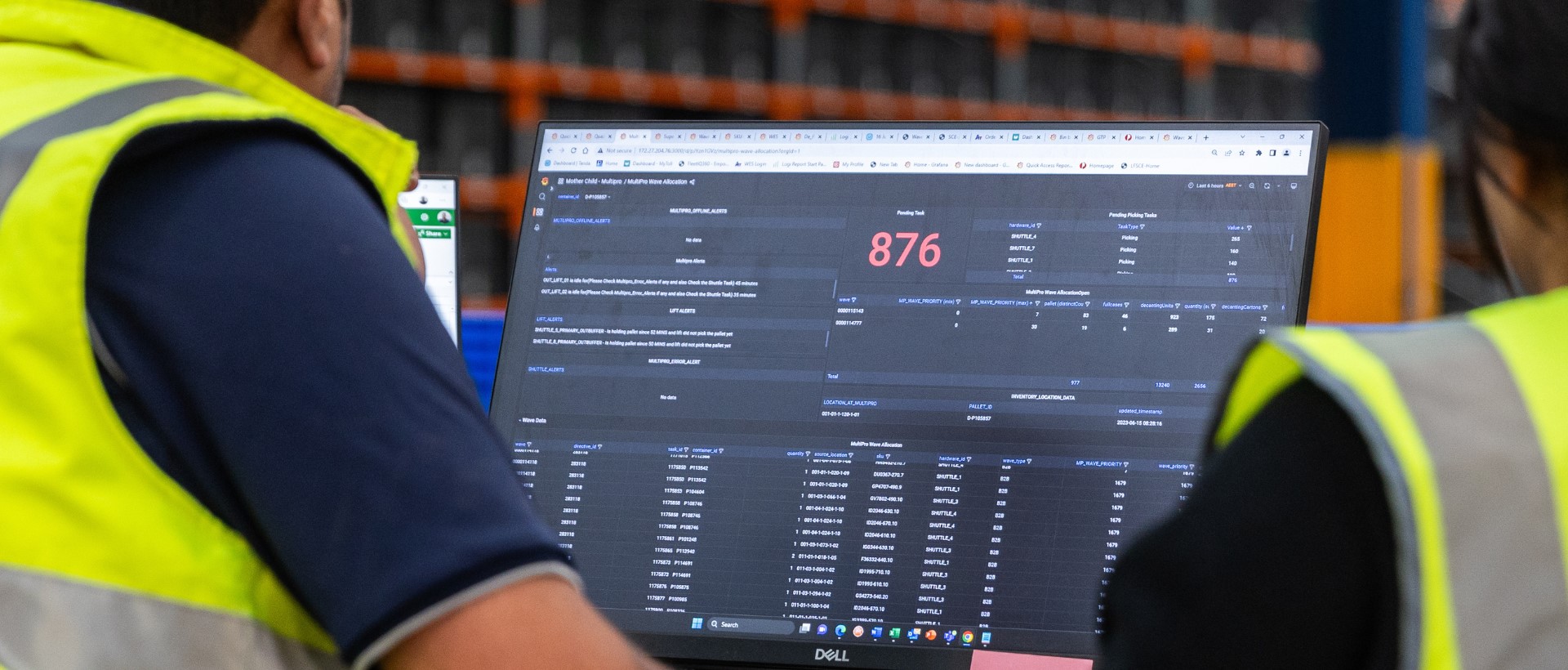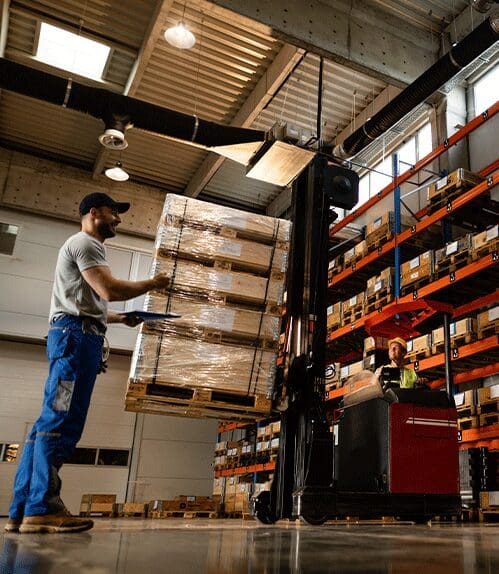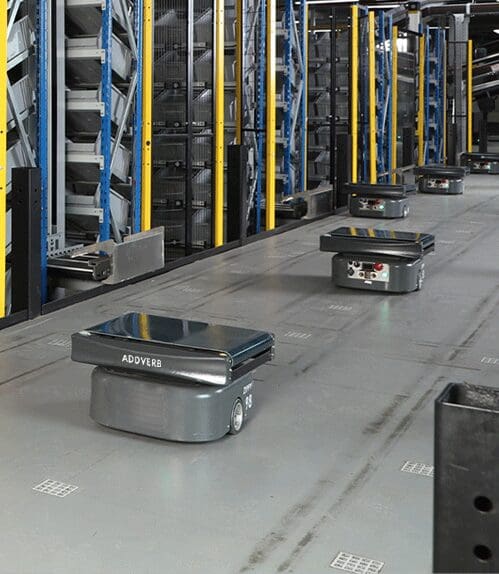Table of Contents
In the fast-paced world of warehouse management, efficiency is king. One of the most effective ways to boost efficiency, reduce operational costs, and improve order fulfillment speed is through strategic warehouse slotting. If you’re new to the concept or looking to optimize your current setup, here’s what you need to know about warehouse slotting and its impact on your operations.
What is Warehouse Slotting?
Warehouse slotting refers to strategically placing products within a warehouse to maximize efficiency. It’s about determining the optimal location for each item based on various factors, such as product demand, size, weight, and picking frequency. Effective slotting minimizes travel time for pickers, reduces congestion in aisles, and ultimately speeds up the order fulfillment process.

Why is Slotting Important?
Improved Productivity: Properly slotted items mean less time spent searching for and retrieving products. This directly translates to faster picking times and increased overall productivity.
Reduced Operational Costs: Efficient slotting reduces the need for excessive labor and minimizes the risk of product damage, lowering both labor and inventory costs.
Enhanced Order Accuracy: With a well-organized warehouse, the chances of picking errors decrease significantly. This leads to higher customer satisfaction and fewer returns.
Optimized Space Utilization: Slotting allows for better use of available space, ensuring that high-demand items are easily accessible while less frequently picked items are stored in less prime locations.
READ MORE: 6 Reasons why FIFO (First In, First Out) is the Best Inventory Management Technique
Key Factors to Consider in Warehouse Slotting
Product Velocity: High-velocity items should be placed in easily accessible locations, close to packing and shipping areas, to minimize travel time.
Size and Weight: Heavier items should be placed at waist level to reduce strain on workers, while smaller, lighter items can be stored in higher or lower positions.
Product Grouping: Items that are often picked together should be stored near reduce the need for cross-warehouse travel.
Seasonality and Demand Fluctuations: Consider the seasonal demand of products and adjust slotting as needed. This dynamic approach ensures that high-demand items are always in the most efficient locations.
Equipment and Technology: The types of equipment used (e.g., conveyors, AMRs, forklifts) and the technology in place (e.g., Warehouse Management Systems, or WMS) should influence slotting decisions. Automated systems can significantly alter the optimal slotting strategy.
Steps to Implement Effective Warehouse Slotting
Data Analysis: Begin by analyzing your warehouse data, including order history, item popularity, and picking patterns. Use this data to categorize items based on velocity, size, and frequency.
Slotting Strategy Development: Develop a slotting strategy that aligns with your warehouse’s layout, equipment, and operational goals. Consider using specialized software for advanced slotting optimization.
Testing and Adjustment: Implement the slotting strategy in phases, starting with a small section of your warehouse. Monitor the results and adjust as needed based on performance metrics like picking speed, accuracy, and labor efficiency.
Continuous Improvement: Warehouse slotting isn’t a one-time task. Regularly review and adjust your slotting strategy based on changes in product demand, inventory levels, and warehouse layout.
Want to dive deeper into topics like this? Check out our other blogs for more insights and updates!
Challenges and Solutions in Warehouse Slotting
Challenge: Seasonal Variations
- Solution: Implement a flexible slotting system that can easily adapt to changes in demand.
Challenge: High SKU Variety
- Solution: Utilize advanced slotting software that can handle complex inventory assortments and suggest optimal locations.
Challenge: Labor Shortages
- Solution: Invest in automation, such as Autonomous Mobile Robots (AMRs) and Automated Storage and Retrieval Systems (ASRS), to reduce dependency on manual labor.
The Role of Technology in Modern Slotting

In today’s digital age, technology plays a crucial role in warehouse slotting. Warehouse Management Systems (WMS) can automate the analysis and optimization of slotting, while AMRs and ASRS can further enhance the efficiency of your slotting strategy. These technologies allow for real-time adjustments and continuous improvement, ensuring that your warehouse remains optimized even as inventory and demand patterns evolve.
Conclusion
Warehouse slotting is a powerful tool for improving the efficiency and accuracy of your warehouse operations. By strategically placing products based on demand, size, and other key factors, you can reduce costs, increase productivity, and enhance customer satisfaction. As warehouses continue to evolve with new technologies and changing market demands, a well-executed slotting strategy will remain a cornerstone of effective warehouse management.
FAQ
What is warehouse slotting?
Slotting is the process of organizing products in a warehouse to optimize storage, minimize travel time, and improve order picking.
Why is slotting important?
It boosts efficiency by reducing picking time, maximizing space, and improving order accuracy.
What factors influence slotting?
Key factors include product demand, size, weight, seasonality, and picking methods like FIFO or LIFO.
How often should slotting be reviewed?
Regular reviews are recommended, typically quarterly or semi-annually, or when product demand changes.
What are common slotting strategies?
Strategies include ABC analysis, zone slotting, family grouping, and dynamic slotting.
How does technology impact slotting?
Technology, like WMS and AMRs, helps optimize slotting through data analytics and automation.
What challenges come with slotting?
Challenges include data complexity, re-slotting costs, and maintaining accuracy in fast-paced environments.
Can slotting reduce labor costs?
Yes, efficient slotting reduces picking time and lowers labor expenses.
Founded in 2016, Addverb offers complete robotics solutions for warehouse and industrial automation, with a strong global presence through its subsidiaries worldwide. The company provides a range of in-house automation products, including Autonomous Mobile Robots, ASRS, and sorting technologies. It serves over 350+ clients, including well-known companies such as Coca-Cola, Amazon, and DHL.






